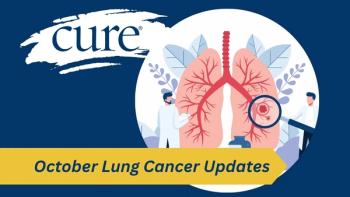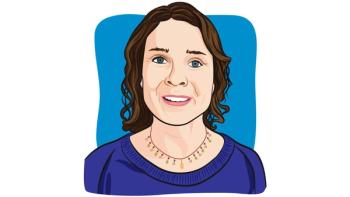
Why I Exercise (And Why You Should Too)
Exercise can do so much beyond risk reduction for the person already living with cancer.
There's been a lot in the news about how exercise can reduce the risk for cancer. This is because the results of a large
Though diagnosed with metastatic stage four breast cancer five years ago, I have continued to exercise most days of the week. I credit exercise for a lot of things, but what I don't do is say it's kept me alive. For breast cancer, this recent research found that risk is reduced by 6% to 10% dependent on the amount/intensity of exercise.
Every little bit matters. Yet maybe risk reduction is the smallest piece of why anyone who's able should slip on fitness gear and get moving. Exercise hasn't taken away my cancer, but it's given me plenty, and maybe my list will give you reason enough to find your way to the gym too:
Mood Enhancer
Choose the right exercise for you and chances are it'll put you in a good mood. While some people insist that bad habits are easier to make than good habits, the feel-good chemical rush that happens with strenuous exercise may be enough to make it noticeable when you miss a day or two of physical activity. Not only that, for me, choosing to exercise is a subconscious hint that I intend to be around and be active just as long as anyone else. Talk about a mood enhancer.
Mindfulness Booster
Taking a walk with my dog wouldn't qualify as vigorous exercise since she likes to sniff every blade of grass along the way, but this kind of peaceful outdoor movement provides an opportunity to notice the world around me and where I fit in. For me, mindfulness and reflection fit together on walks.
Peace Producer
Exercise habits that include activities like yoga, tai chi or qi gong not only deliver fitness goods (balance, strength, flexibility) but force you to slow down to correctly move your body. For me, this focus on the right movement rather than watching the calories burn on a treadmill increases my sense of being at peace with my body.
Fatigue Fighter
It's a paradox: With cancer and its treatment, people feel intense fatigue far different than the sensation of being tired, but one of the most effective ways of living successfully with this fatigue is to exercise (and to get adequate rest). To paraphrase an old saying, "It takes energy to make energy" so if you're able to move, move. Even a little.
Therapy Supporter
Side effects, like fatigue, can compound over time, making any change to daily behavior so hard to do. For me, exercise has helped lead to a nearly normal quality of life with metastatic cancer for five years. It encourages me to find ways around symptoms like chemotherapy-induced peripheral neuropathy and digestive issues so that I can continue to work out. Even more exciting,
Even if exercise doesn't prevent cancer, it is still worth the effort for the many things it does do. It's all too easy to believe that if only we hadn't done this or had done that then cancer would not be a part of our lives. But that only results in self-blame and that's no way to live. Instead, use the research about exercise (or diet or any behavior) to find the gifts it can bring rather than the blame it can place.





